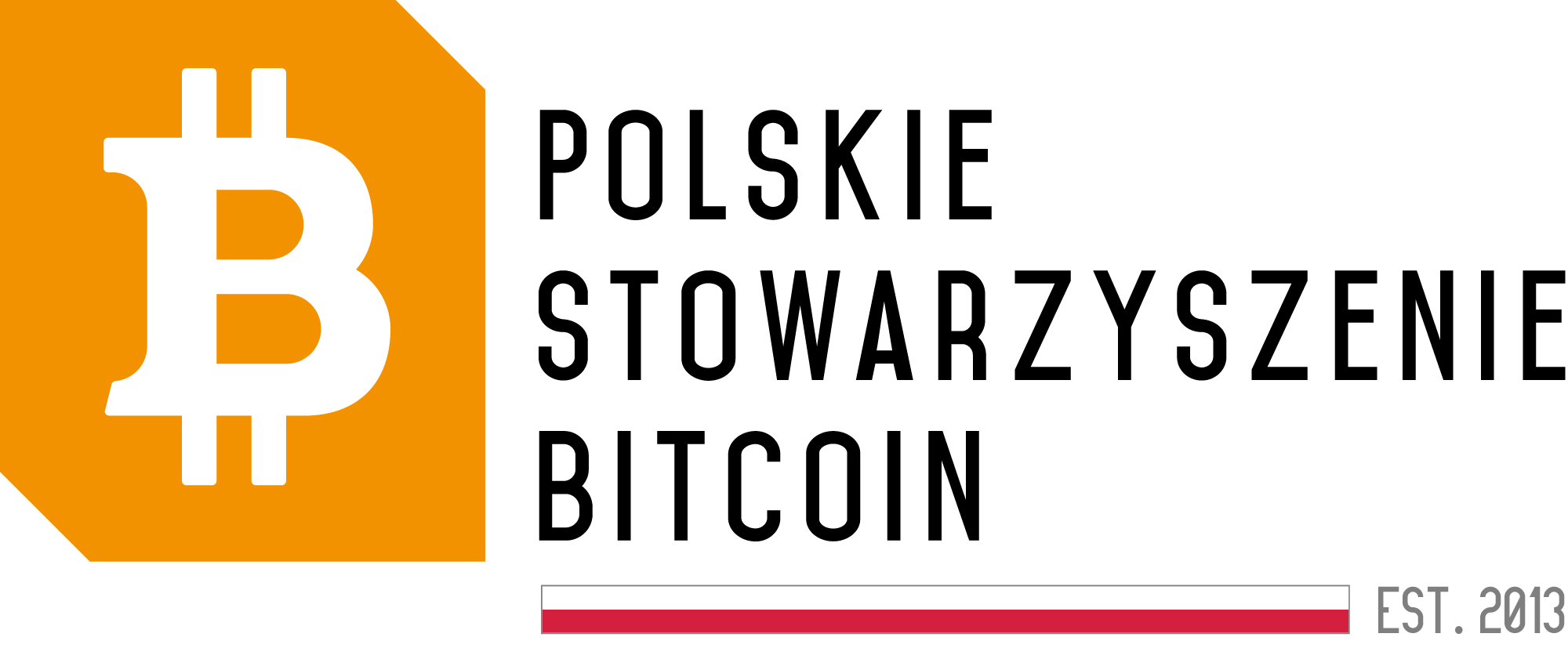Bitcoin: Price Analysis, Selling Pressure, and Future – What Awaits the Most Popular Cryptocurrency?

Bitcoin: Price Analysis and Future Predictions
Bitcoin prices have experienced immense volatility since the beginning of the year, leading investors and analysts to try to understand the direction the world’s most popular cryptocurrency may take. Currently, we are witnessing a decrease from the record level of over $73,000 USD reached in March to current levels. Historical analysis and fundamental factors play a crucial role in attempts to predict how events in the cryptocurrency market will unfold in the coming weeks.
Selling Pressure and Investor Concerns
Analysts are delving into historical data in search of clues, especially now, as increasing selling pressure and concerns of some investors about potential short-term losses are visible. Historical analysis also plays a key role in determining whether the market has already reached its peak or if the current declines are just a temporary correction.
Is Bitcoin in a “Parabolic” Phase?
The depth of the current correction will mainly depend on whether Bitcoin is currently in a “parabolic” phase. In the context of financial markets, such a steep price increase is considered unsustainable, which may lead to further price drops.
Bitcoin “Halving” Analysis
Historical analysis indicates that Bitcoin prices tend to decline before the “halving” event, which is the reduction in block mining rewards. The next “halving” is scheduled for the third week of April, which may influence further price fluctuations of the cryptocurrency.
Price Predictions
Experts suggest that Bitcoin may consolidate within the price range of $60,000 to $70,000 USD in the coming weeks. However, currently Bitcoin remains under pressure, which could result in the possibility of further declines in the coming days.
The uptrend remains active, but it will be crucial whether buyers can reverse the current losses, which will require a significant increase in Bitcoin prices, preferably with a notable surge in market participants’ activity.





